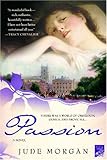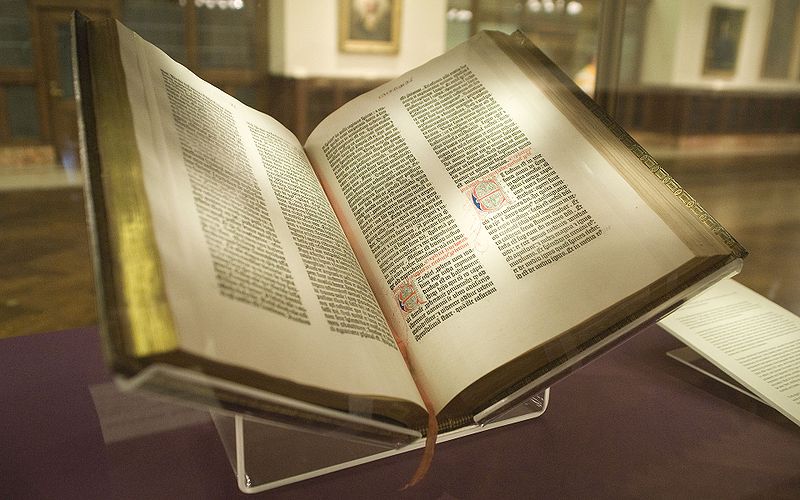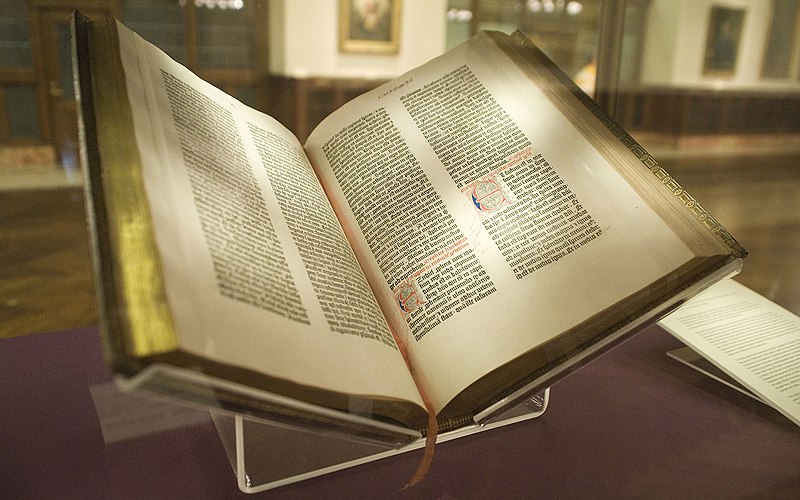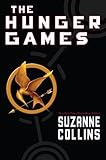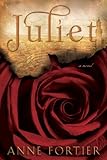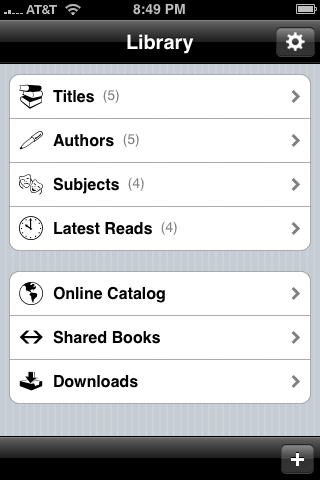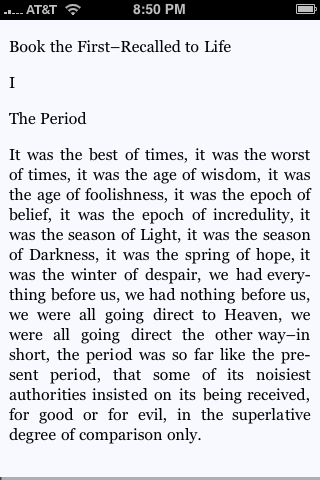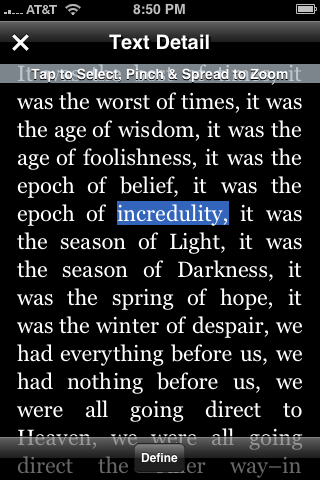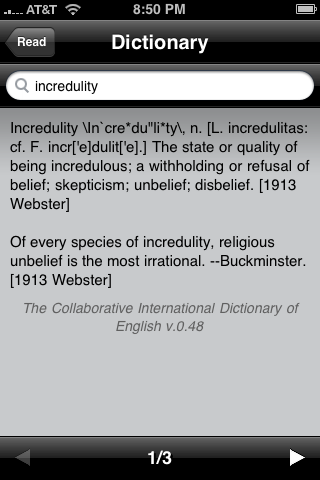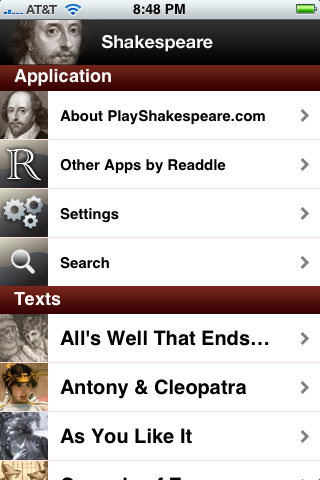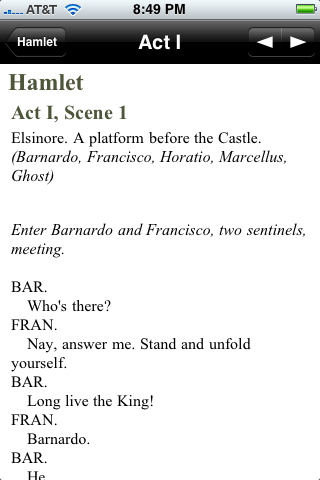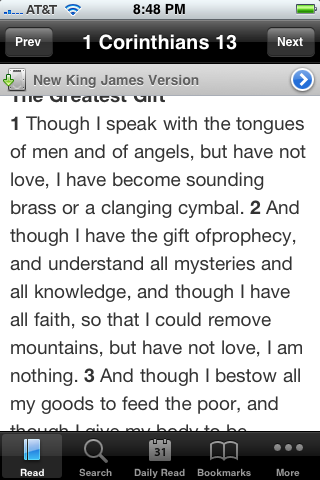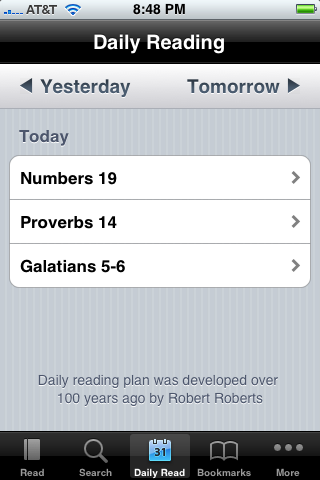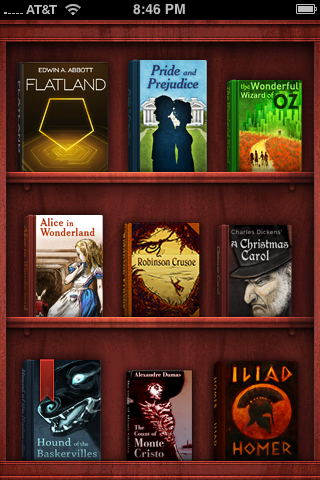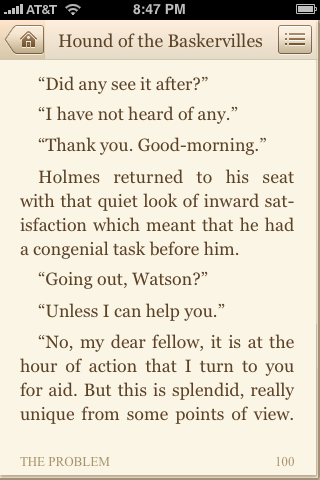Friday was my birthday, and my parents usually send me a book gift card. The last few years, it’s been an Amazon card because I can get books shipped for free. An added bonus this year is that I can buy books for my Kindle instead. I haven’t spent all of it, but here is my haul to date:
I have been wanting a NKJV Bible for some time, and reviewers gave high marks to this study Bible. I think I will like having the annotations, and the NKJV is my favorite translation. Passion is the story of the Romantic poets Byron, Shelley, and Keats told through the point of view of the women who loved them. That sounds absolutely fascinating to me. From Slave Ship to Freedom Road is a children’s book by Julius Lester. The artwork is superb, and it tells the story of slavery like no other book I’ve read. I have actually used it with my students before and since I’m teaching American literature again, I decided to pick it up. Dracula, My Love is a new novel by Syrie James, whose previous work I have really enjoyed. As a bonus, I can read Dracula, My Love for the R.I.P. Challenge if I finish The Heretic’s Daughter and have time for more books—and I don’t see why I shouldn’t, as it’s not even October, and I’m nearly halfway finished with that book.
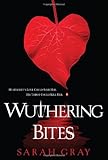 I’ve started Jamaica Inn on audio, or rather I will when I catch up on my podcasts. That book, too, can be counted as an R.I.P. Challenge book, and then I will have four, which means I can move up a level in commitment. Of course, my department chair also gave me Wuthering Bites, the latest mashup novel in the tradition of Pride and Prejudice and Zombies, Sense and Sensibility and Sea Monsters, and Jane Slayre. Heathcliff is supposed to be a vampire, which makes a lot of sense if you think about it. OK, I admit it looks good. We’ll have to see if my sense of humor can handle mocking my favorite book.
I’ve started Jamaica Inn on audio, or rather I will when I catch up on my podcasts. That book, too, can be counted as an R.I.P. Challenge book, and then I will have four, which means I can move up a level in commitment. Of course, my department chair also gave me Wuthering Bites, the latest mashup novel in the tradition of Pride and Prejudice and Zombies, Sense and Sensibility and Sea Monsters, and Jane Slayre. Heathcliff is supposed to be a vampire, which makes a lot of sense if you think about it. OK, I admit it looks good. We’ll have to see if my sense of humor can handle mocking my favorite book.
This week is the Jewish holiday of Sukkot, and as I work in a Jewish school, I have a half day on Wednesday and no school Thursday and Friday. I am excited to have some time to read. The first draft of my portfolio for grad school is finished, so I am not anticipating a ton of grad school work to impede my enjoyment of half a week off. I plan to spend the time reading.
Amazon sent me my replacement Kindle, I’ve sent the broken one back, and the new one is already up and running and loaded with good reads. What are you reading?
photo credit: Mo Riza



